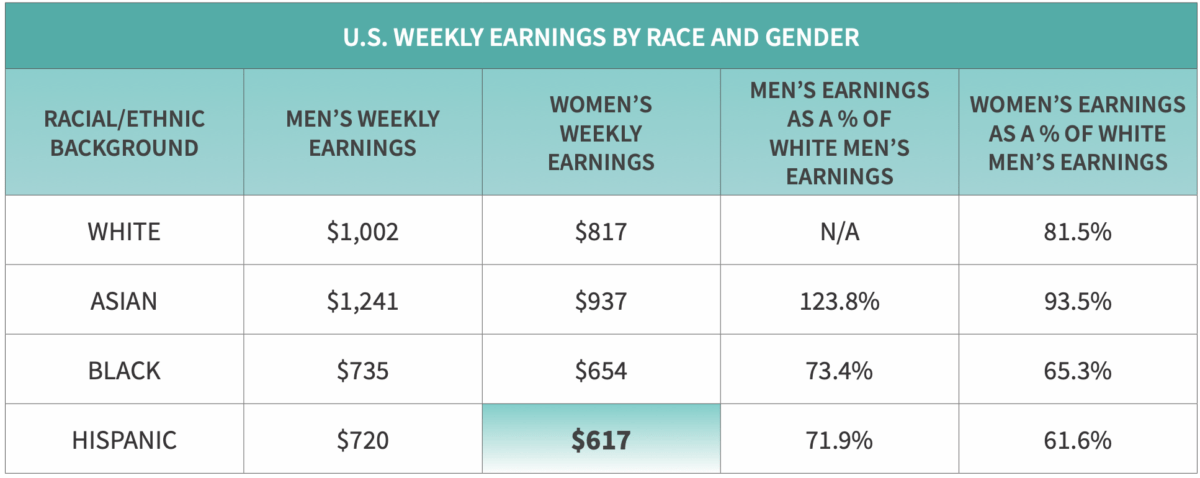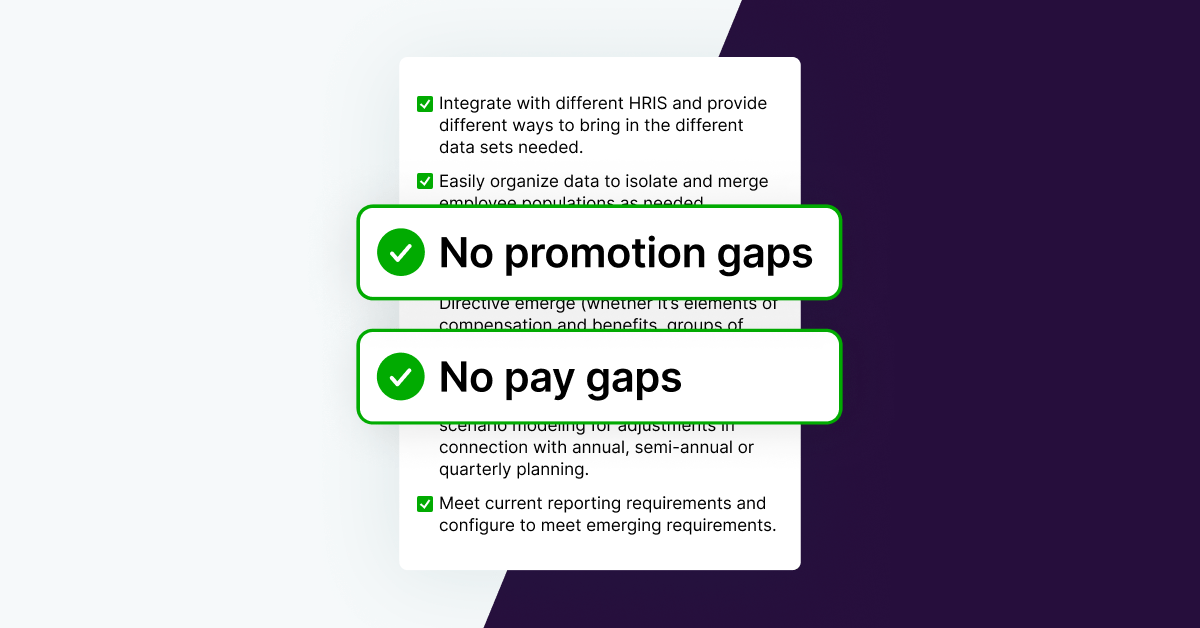The Black Lives Matter movement has challenged and motivated companies to fix systemic racism. But you can’t fix it with talk and a token public statement. You fix it by taking action. And one of the most tangible and immediate actions you can take is to examine pay equity: equal pay for equal work.
Before the murder of George Floyd, the conversation around pay equity issues at most companies was largely centered around gender: Are women and men getting fairly compensated for doing substantially similar work? It’s a necessary question, but not enough because it fails to address one of the most common pay equity issues – pay inequities based on race
Today, when businesses approach pay equity, they also need to focus on race: Are people of color getting equal pay for equal work in your organization?
That’s the topic of our latest pay equity white paper released today. The racial pay gap isn’t improving — the median gap in Black and white earnings in the U.S. is the same today as it was in the 1950s. Organizations aren’t providing the opportunities for people of color to progress in their career and increase their salary over time. And the current laws around racial pay equity are weak.
It’s going to take real commitment from leaders to create systemic change and drive towards workplace fairness. Here are some key takeaways from the white paper to help you get started.
Analyze pay equity based on gender and race
When you run a pay equity analysis, don’t just consider gender. Commit to finding and fixing any pockets of pay disparities based on race and ethnicity too.
Even if your initial goal is to remediate pay based on gender, we recommend analyzing race and ethnicity at the same time to give you a realistic sense of where you stand. This will ensure you catch important insight, like the intersectionality of race and gender, which results in greater pay disparities — Black women and Hispanic women have the lowest weekly earnings.

When we run a pay equity analysis for companies, we analyze gender, race, ethnicity, and add any other comparison you have in your HRIS data. Once we compare groups of employees doing substantially similar work, we control for neutral job-related factors, like years of experience, education, and location to explain differences in pay, and then use statistical analysis to find any pay equity issues that remain.
Be transparent about pay
Can your employees confidently answer whether they are paid without regard to gender or race? They should be able to! But that means they need visibility into how they’re being paid compared to others doing similar work.
Improved transparency empowers employees, and also sets the stage for better reporting. Once you’ve identified changes to be made, share the results — and what you’ll be doing differently moving forward — broadly in your company. And whether you share the results publicly or not, operate with the mindset that you will.
While U.S. laws don’t currently require companies to report on the results of their pay equity analysis and their plans to remediate compensation for underpaid employees, we know that public reporting laws do work.
When Australia passed the Fair Work Act requiring equal pay for men and women in 2009, it didn’t improve the pay gap. It wasn’t until they passed the Workplace Gender Equality Act of 2012, which required public reporting of pay discrepancies starting in 2014, that they saw a shift. When companies started to change the underlying processes causing the inequities, the gender pay gap decreased every year, from and the , and gender pay gap which had a direct impact on the gender pay gap. It’s decreased every year, from 18.5% at its peak in 2014 to 13.9% in 2019.
Make pay equity an ongoing effort
The cumbersome, expensive “one-and-done” annual analyses are the reason why the pay gap is set to stick around.
To make pay equity meaningful and sustainable, we recommend using a software solution that helps you stay on top of every organizational decision that impacts pay equity: every starting pay offer, re-orgs, layoffs, promotions, hiring sprees, etc.
When you embrace this continuous approach to pay equity, you’ll be in a far better position to identify the root causes of pay equity issues. And that’s the catalyst for real change, where you start to break the cycle to mitigate future inequities and create a culture of equity.
(More on this next week when I’ll talk about steps companies can take to fix the representation problem and create more equitable opportunities for people of color in higher paying industries and leadership roles.)
Keep race a part of the conversation about pay equity issues
Now that race is part of the pay equity conversation, it needs to stay that way. It’s the most important lever you can pull to fight systemic racism and create a more equitable workplace.
The information provided herein does not, and is not intended to, constitute legal advice. All information, content, and materials are provided for general informational purposes only. The links to third-party or government websites are offered for the convenience of the reader; Syndio is not responsible for the contents on linked pages.


